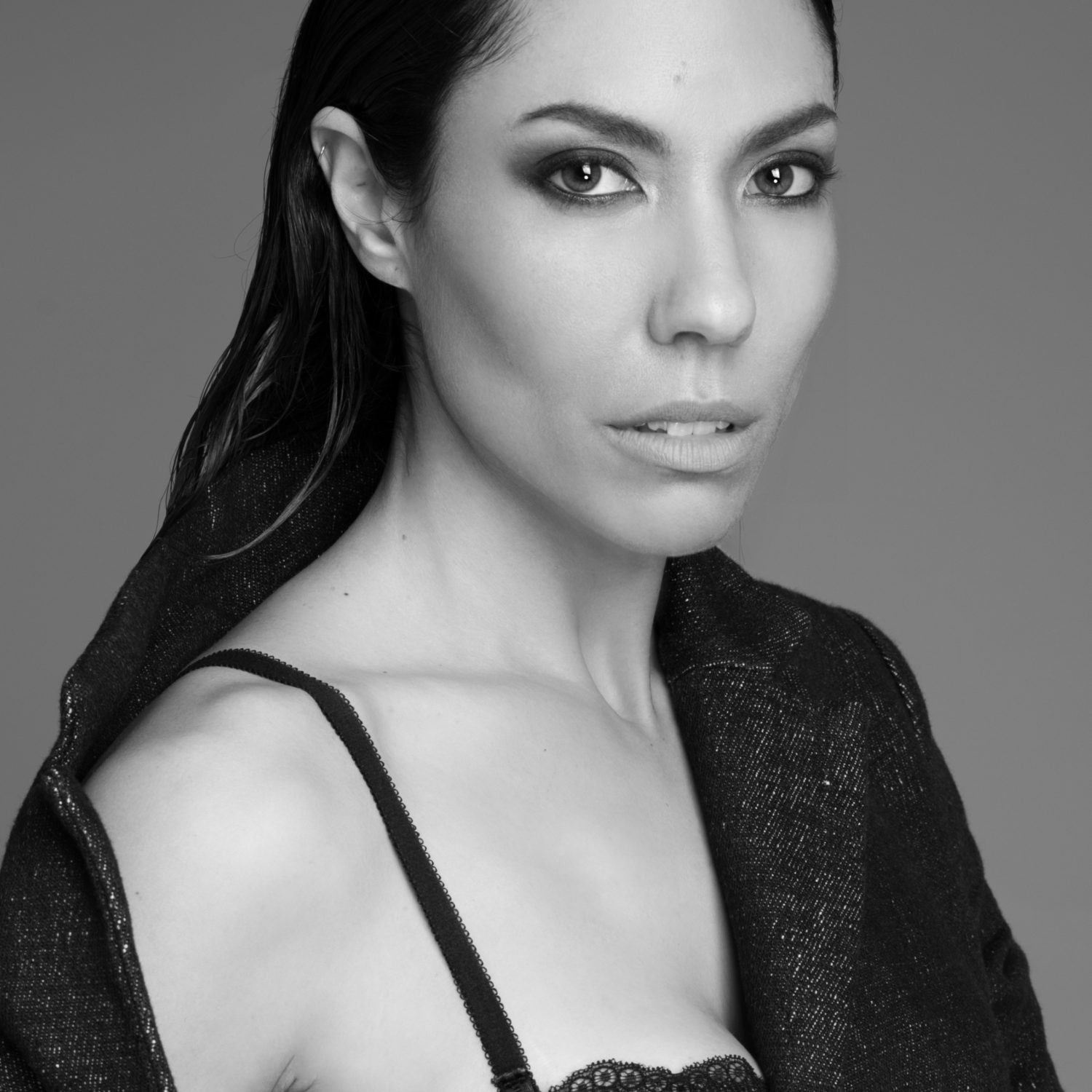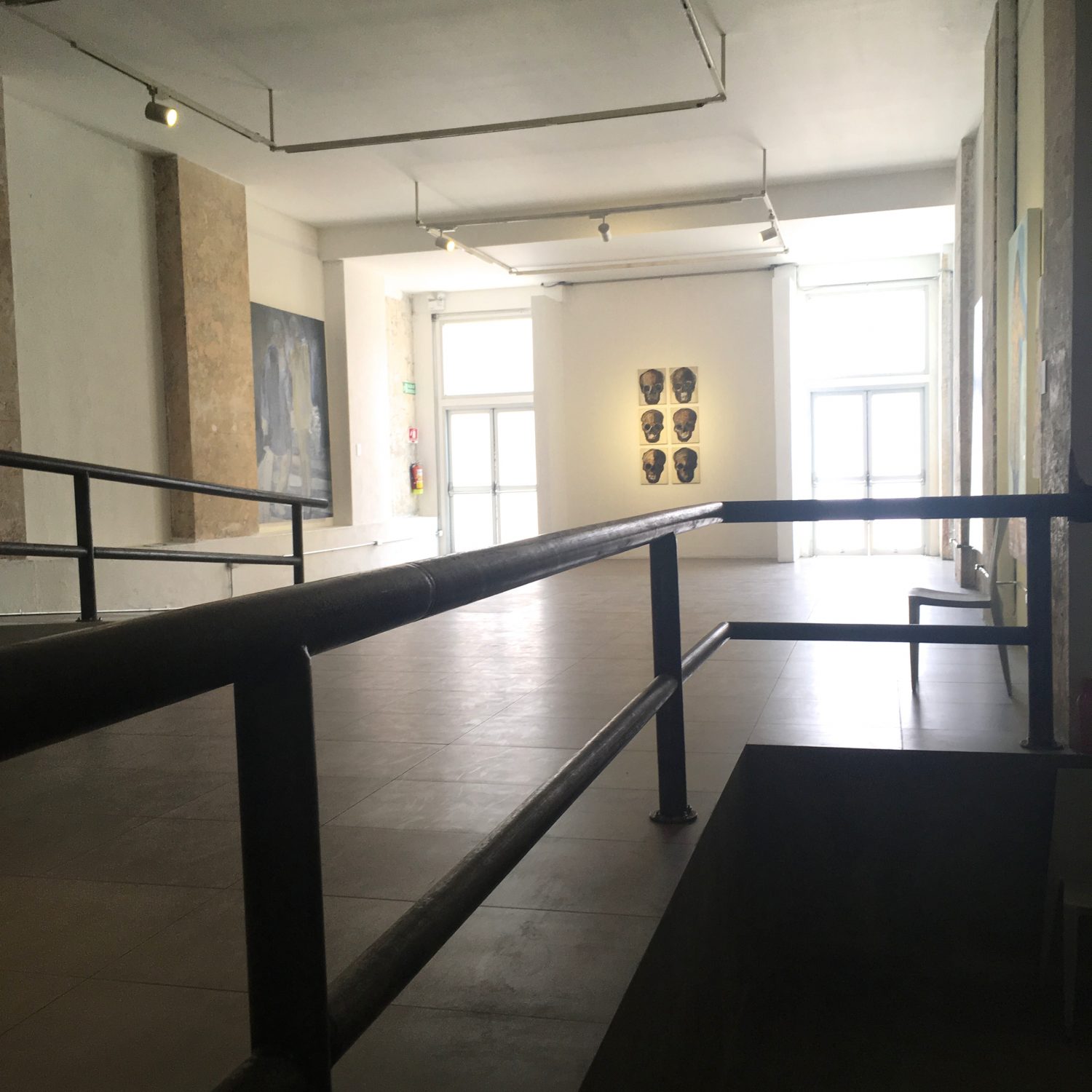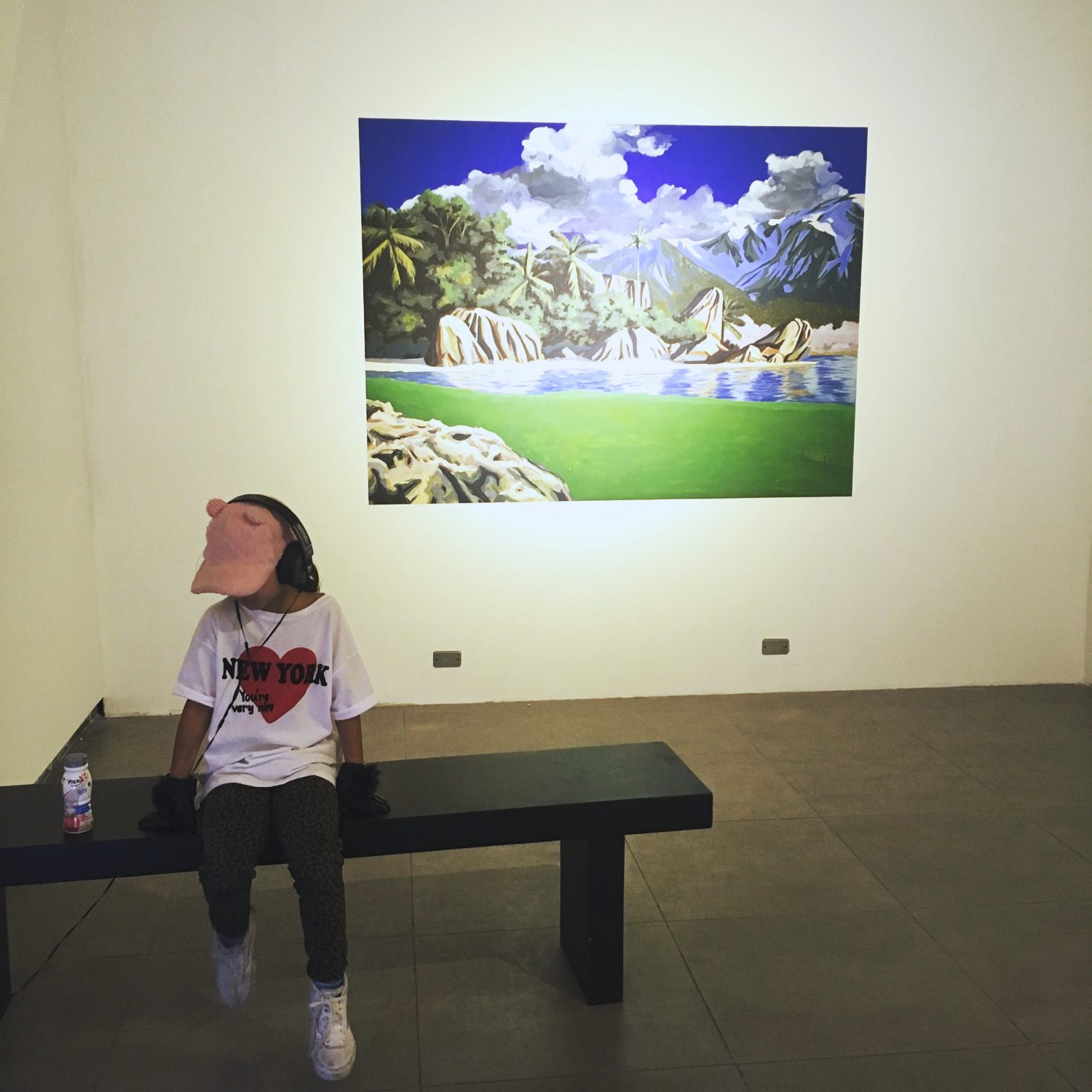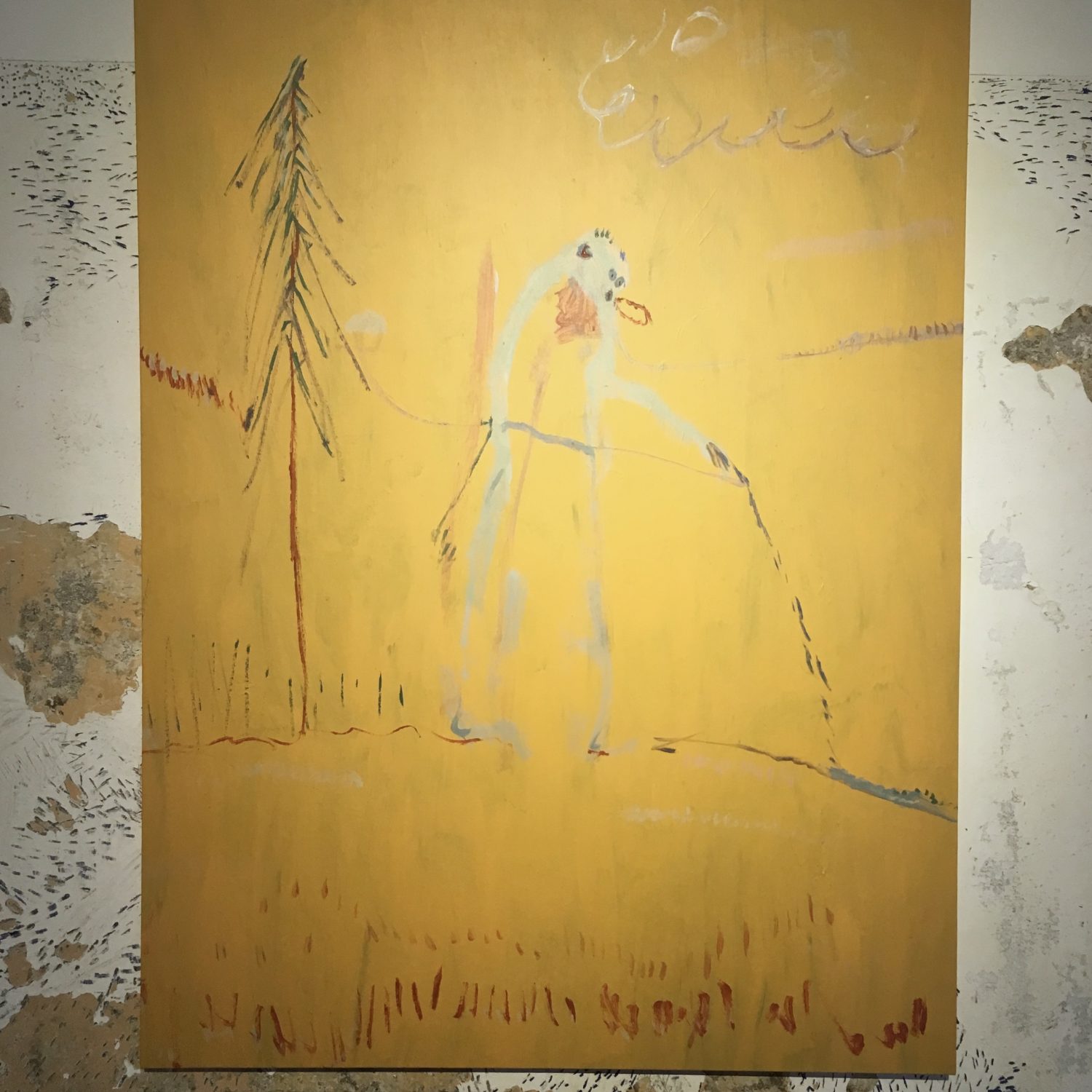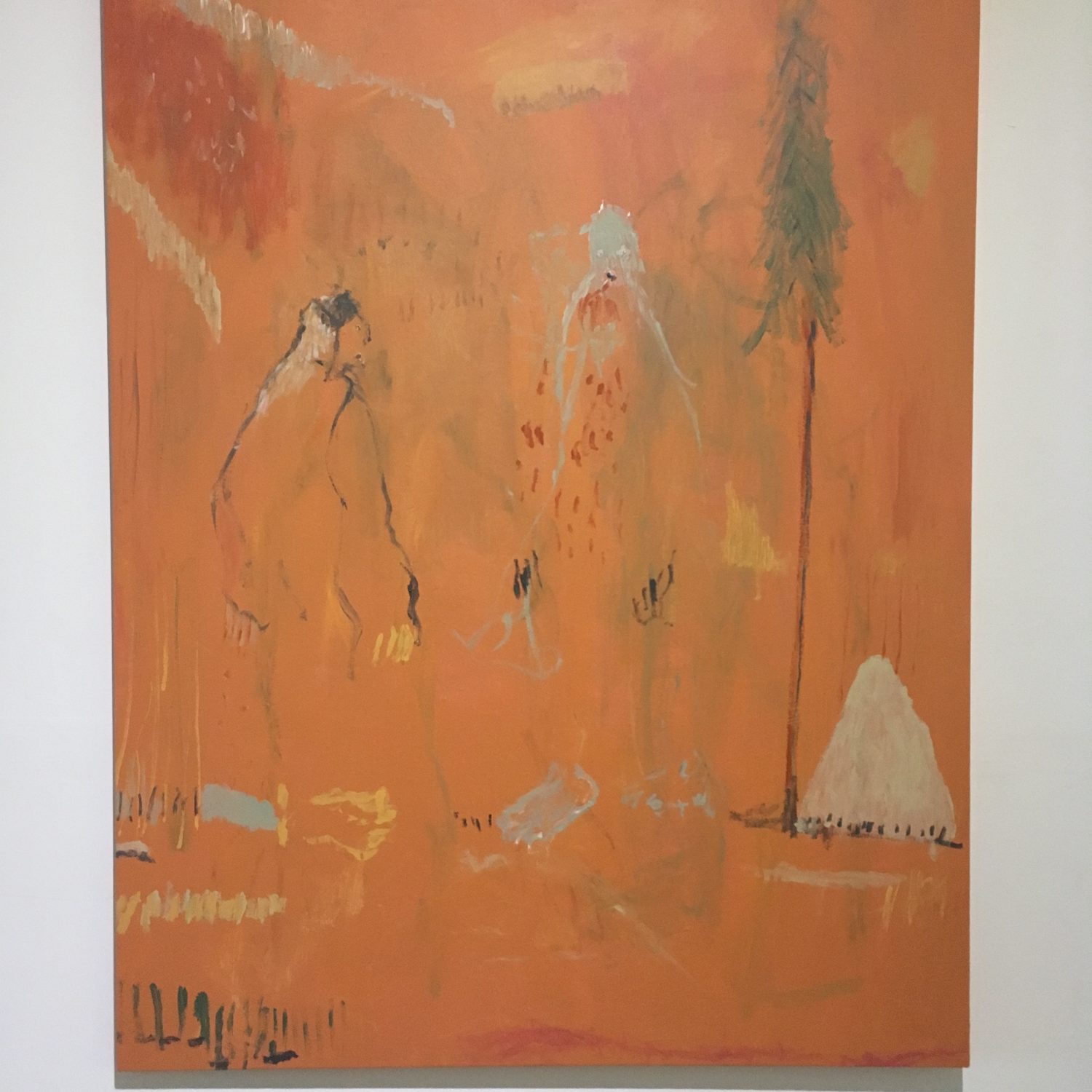Contemporary Art in San Jose, Costa Rica: MADC (Museo de Arte y Diseño Contemporáneo
Traveling opens one’s eyes to truths that otherwise become lost to distance, suspicions, and misinformation. By traveling, we connect with cultures and find out about crippling circumstances that may impair individuals from being included in global communications in which they should participate.
During a recent trip to Costa Rica, I found some surprising facts on the local view on art. First, I must disclose: aside from national institutions, there are hardly any galleries in the city of San Jose. Some of the residents claim an enormous problem with the few public works facing vandalism or individuals uncertain of art’s purpose in a town, or even as a serious career.
It is true that cultural institutions such as the National Museum of Costa Rica and the Jade Museum boast an extraordinary dose of Pre-Columbian art and jade artifacts. MADC ( Museo de Arte y Diseño Contemporáneo) exudes a lovely exterior and has gained the public interest of many traveling abroad because it is one of the only contemporary art spaces in the city.
Upon entering the space, there were two modestly small galleries. The first had a few paintings wrapped in plastic. It seemed as though a transition of works was taking place. The second displayed smaller pieces lined up in a row or salon-style arrangements.
Towards the back wall, a larger-scaled painting with jagged angles in vibrant blues textured, ragged greens, and crisp whites stood out as a lovely landscape. Perhaps, one of Costa Rica’s micro-climates. Unfortunately, there was no clear label and at the very least it was not easy to locate one for the artist. And just as mysterious, a television was sitting on the floor. The video presented close-ups of a paint brush’s strokes on canvas. Subtexts translated the information to the viewer. Even though the landscape painting, television, and smaller works lacked to inform the public with educational content, there was something pertinent about the ambiguity of place, space and time in the art.
It almost felt as if I did not belong at the location, as I stared with wide eyes. It’s a pleasant environment where the terrain and objects in the smaller paintings made it all feel like home, but I wondered if the viewer was expected to feel this way. Just like an advertisement sells the idea of a faraway place making one feel relaxed and at ease. Or, do we take environments such as depicted in the landscape for granted?
Although MADC has a fantastic center gallery with high ceilings and vast walls to take advantage of with prolific works of art, I lamented the barren walls that bounced off the voices of a large group of school children. Nonetheless, I appreciated the density of the space and its ability to include the public’s presence in the white cube. It’s a public spectacle only visible to those at its inception. Once I descended to the zig zagged corridors, large paintings greeted my eyes. How refreshing!
MADC ( Museo de Arte Contemporáno & Diseńo, Gallery ( Corridor) Second Gallery to Main Entrance
The curator Daniel Soto Morúa organized the group exhibition Modernos & Universales. Its central theme revolves around ” preserving the explorations of painting and as a preferred language among artists, collectors, fairs, and museums.”
Moruá invited Adolfo Ramírez, Andrés Murillo, Rebecca Martinez, Roberto Carter, and a few others to present works to the public who “can appreciate palettes of color, themes, lines and other formal concepts, contexts, and discourses that speak evidence of infinite possibilities.” From the listed artists, it is the works of Roberto Carter whose explorations denote Moruá’s statement- a fresh and untainted relationship between a painter, the brush and the canvas.
Figuras en su Paseo Diario, 2018 is a fun, young at heart painting in a rich umber yellow. The strokes are linear, simplistic markings in primary colors of reds, blues and green. Each mark resembles a scratch in thought. The subject stands tall in the center plane and seems to pour specks of blue water onto the hillside. It is a minimalistic animation. Perhaps it is the artist feeding the somewhat famished environment, or maybe he is reliving his boyhood memories of playing in the wild, charming the viewer to think they are a significantly playing along.
Figuras en Su Paseo Diario, 2018, Acrylic on Painting 2 Figuras Interactuando Junto al Arbol, 2018, Acrylic on Painting
2 Figuras interactuando junto a un arbol, 2018 then shows the same environment in a dusky, peachy rose. This time the setting presents a second form standing parallel to another in a laid-back, slouched demeanor. Both subjects appear clueless yet content in a” now what” unspoken conversation. What importance does the environment contain to the artist or is it the same ambiguity of space, place and time I noticed before in the smaller gallery? Carter begins to reform his environment by concealing the background under thin layers of paint in Figuras de su Paseo, 2018. It is by the process of elimination that we start to understand Carter’s intention to remove the subject from an entirely, realized environment.
The painting exhibition was a treat to see considering the saddening news of a disinterested public in contemporary art in San Jose. There are artists whose works should grace international news. Muruá like a few other curators in San Jose need all the support they can get from the art world outside Costa Rica. I hope this year the International Art Festival will succeed last years tragic mishap of failed contracts and logistical problems in the city.* So much awaits the new generation of Central American Artists and their voices must not fall to the wayside.
- I investigated the topic on the International Art Festival: no information was available online. Residents ranging in a variety of backgrounds sat during the interviews. All statements provided the same information.
